Table of Contents
Don’t we all remember those childhood rhymes trying their best to convince us that veggies are good? Something like, “Carrots are orange; let’s eat a few. Beans are green; let’s try them, too.” Wonderful, true, and brilliant, as we now realise.
One good reason veggies are great is their high fibre content. Fibre is an essential nutrient that we all need, but only a few of us care about. It boosts digestion, strengthens our good gut bacteria, helps with weight loss, helps with heart health, and whatnot. The fibre benefits are numerous. And vegetables are a great way to get it. Sheer influx of health! But not all veggies are equally rich in it.
Here are 18 fibre-rich vegetables that smoothen weight loss, starting with the leafy ones:
1. Curry Leaves (16.83 grams)
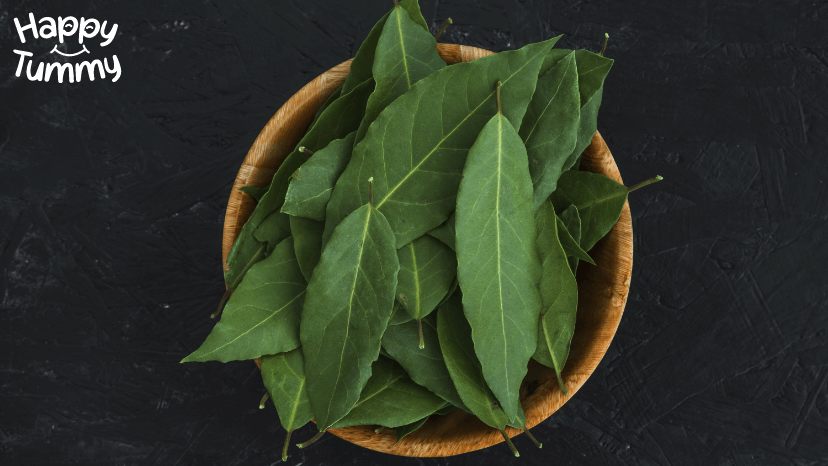
Curry leaves are an Indian favourite. They are used extensively throughout India, especially in the southern part. From fueling those powerful tadkas to being a part of chutneys, curry leaves are the soul of Indian kitchens. The reason? Their medicinal properties.
Apart from being one of the vegetables rich in fibre (providing almost 16.83 grams), curry leaves also benefit heart health, brain health, blood sugar etc. These leaves contain beneficial compounds such as linalool, mahanimbine, murrayanol, terpinene, etc. These compounds possess strong antioxidant and antibacterial properties that help. [1]
However, remember not to overdose on curry leaves. 15-20 curry leaves a day can provide us with the required benefits.
2. Fibre-Rich Vegetables – Tamarind leaves (10.70 grams)
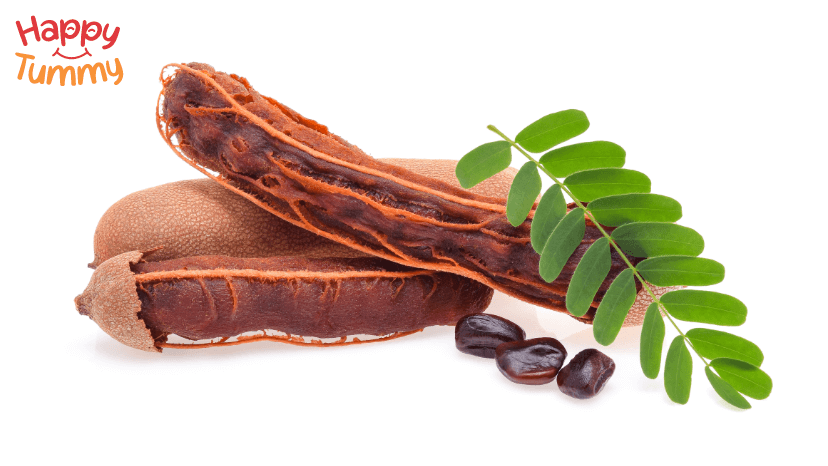
We all love that imli ka chatka, the tangy kick tamarind gives. But leaves? Although not widely consumed as a vegetable, tamarind leaves are often used in making chutneys. But this should not stop you from using it otherwise.
Tamarind leaves are one of the best vegetables rich in fibre. These green leaves offer around 10.70 grams per 100 grams. [2]
Tamarind leaves have long been a part of folk Indian medicine. They are used to fasten wound healing, help with digestive issues, prevent viral or bacterial infection, help in weight loss, and even reduce inflammation. Try consuming these delicacies, and you won’t be able to stop yourself thereafter. [3]
3 – Broad Beans (8.6 to 8.7 grams)
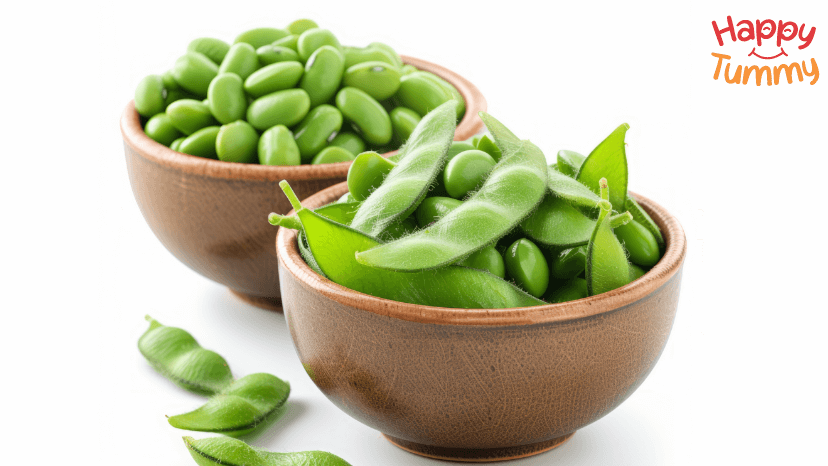
Often overshadowed by their more popular dry legume cousins, broad beans (also known as fava beans) are a vegetable you must not ignore.
Broad beans, often called ramfali or bakla fali in India, are a vegetable rich in fibre. Actually, it’s quite rich. A single cup of cooked broad beans boasts an impressive 9 grams of fibre.
Broad beans bless much when it comes to our guts. They enhance digestive health by promoting regular bowel movements and preventing constipation. Because of this fibre, broad beans also help in weight management.
Apart from obesity, one may even experience lowered cholesterol levels, balanced blood sugar, and a healthier heart. [4][5]
4. Fibre-Rich Vegetables – Agathi Leaves (8.6 grams)

Agathi leaves, also known as Agase in kannada and avisa in Telugu, is a leafy vegetable that looks similar to tamarind leaves. Although not well-known, these leaves are eaten as bhaji much more in Southern India. In terms of fibre, agathi leaves offer around 8.6 grams of fibre per 100 grams.
Apart from their rich fibre content, agathi leaves also benefit our health with their strong antioxidant and antibacterial properties. These leaves also protect our cells from the destructive force of harmful substances. [6]
5. Moringa Leaves (8.2 grams)
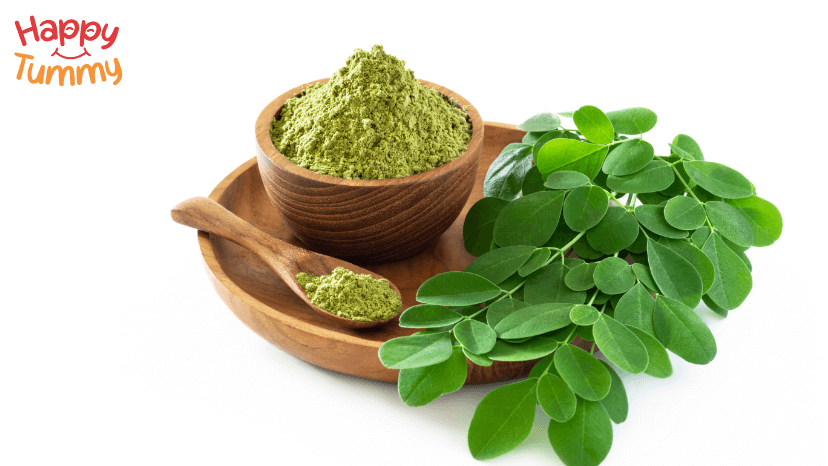
These days, moringa leaves are on each tongue speaking about health and happiness. These leaves are also known as drumstick leaves and are being recently studied for their numerous benefits. When it comes to the fibre content, they can make any leaf lover smile. A whopping 8.2 grams in a mere 100 grams is what they offer, and a quick weight loss is a bonus.
Ayurveda considers moringa leaves to be a gift of nature, and science proves it well. Not just a blessing for the stomach, but these leaves also help our brains. They are well known to boost mood and calm down anxiety. A happy and healthy addition indeed.
You can either dry these leaves, crush them, and consume them in powdered form for medicinal purposes, or you can simply cook them in your favourite Indian style. The choice is yours. [7][8]
6. Fibre-Rich Vegetables – Jack Fruit (7.5 to 8 grams)
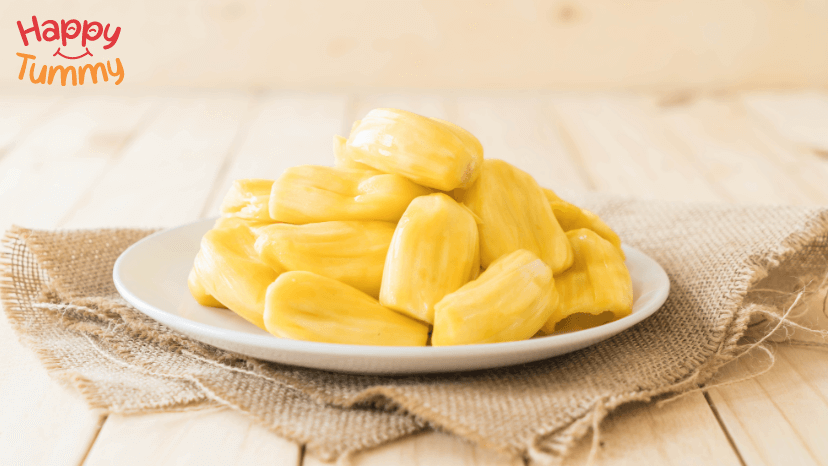
The jewel of Southern India, the jack of all trades, jackfruit is a gem. It is rich in fibre, rich in taste, and rich in nutrients. Also known as the meat of vegetarians due to their meaty mouthfeel, jackfruit offers somewhere around 7.5 to 8 grams of fibre.
Jackfruit is one such vegetable that is also consumed as a fruit when fully ripe
Jackfruit works wonderfully well at controlling blood sugar, preventing heart diseases, strengthening immunity, and even reducing inflammation, but only when cooked in a healthy manner. Don’t fry it too much. Rather, boil it and then cook.
The only thing to be cautious of is its impact on blood sugar. If you are on blood-sugar-lowering medications and eating jackfruit on a regular basis, consult your doctor to make dietary or medicinal changes. [9][10]
7. Fibre-Rich Vegetables – Drumsticks (7 grams)
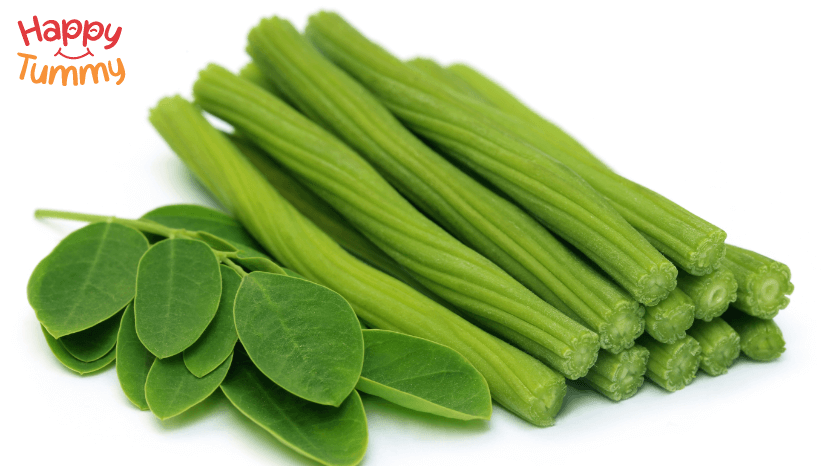
Okay, so get this, drumsticks! We know they look weird, but trust us when we say they are one of the best fibre-rich vegetables.
If you are a South Indian, you need no convincing. It is cherished everywhere in Sambhar. Otherwise, let us tell you that drumsticks are not just fibre-rich but they also offer medicinal benefits apart from helping in weight loss.
Also known as sahajan ki fali, these long and slender sticks may help bone health, brain health, blood pressure, and even inflammation. Drumsticks are medicinal too. In Ayurveda, these sticks have been used for centuries for numerous health benefits. Their seeds are dried, powdered, and then used to reduce severe headaches or other types of pain. [11][12]
8. Fibre-Rich Vegetables – Baby Corn (6 to 6.5 grams)
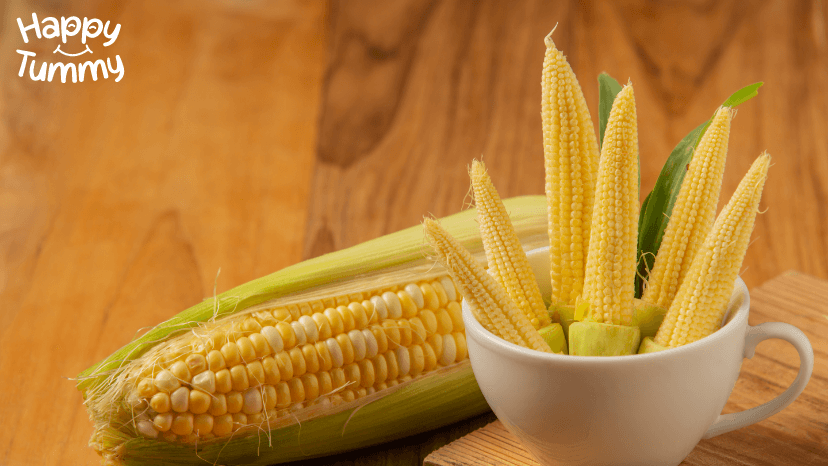
Most of us know baby corn only as an addition to our pizzas and pasta. Not only is baby corn extremely delicious, but it is fantastic in terms of fibre as well. Each 100 grams provides around 6 to 6.5 grams.
Because corns are known for their carotene content, they can easily be the baby of your eyes, too. They help enhance eye health. Also, the list of baby corn benefits goes much further – digestive health, heart health, immunity, and even weight loss – these babies are not actually babies in terms of health benefits.
How to cook? The healthiest way is to boil them and add them to your salads; otherwise, you can char and cherish them. [13]
9. Fibre-Rich Vegetables – Peas (6.5 grams)

Peas are green; make us lean. Indeed! We all love peas. Apart from their taste, their fibre content is one reason behind their wide consumption.
100 grams of peas pack around 6.3 to 6.5 grams of fibre.
Another brilliant thing about peas is their protein content. They are one of the few vegetables that provide high amounts of protein. 100 grams of peas offer around 7-8 grams of protein.
Now, what other benefits do peas provide? They help in digestion, blood sugar, cholesterol, heart health, and even obesity. Just one thing – some people might feel bloated due to their anti-nutrient content. If you are one of those, look for an alternative. [14][15][16]
10. Field Beans (6.19grams)

Field beans are a nutritional powerhouse and an excellent source of dietary fibre. With a fibre content of 6.19g per 100g, they stand out as one of the top choices for those looking to boost their fibre intake through natural, whole foods.
They are packed with protein and address malnutrition due to their high nutrient content.
Vegetables That Are Good Sources of Fibre
1. Colocasia Leaves, Green (5.6 grams)
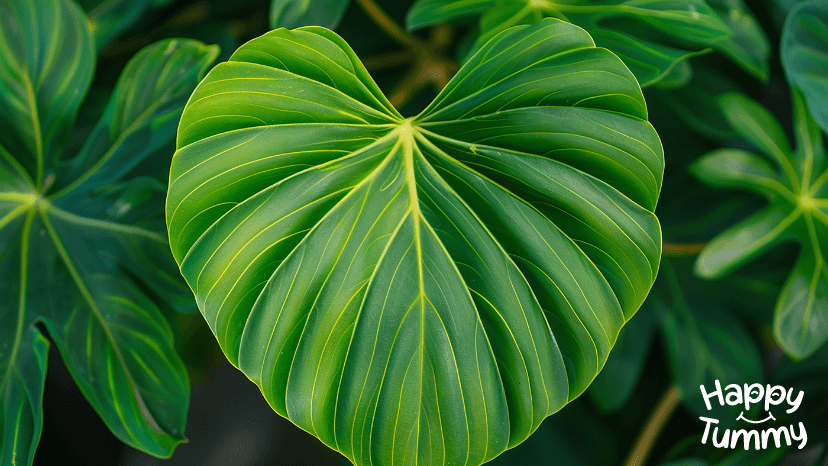
This name might be new to your vocabulary because these leaves are not very widely used. Known as ‘arbi ke patte’, these leaves are mostly consumed in the northern part of India and are a rich source of fibre. A mere 100 grams provide around 5.6 grams of fibre.
Apart from its rich fibre content, colocasia leaves are well known for their benefit in bringing down blood pressure due to their high omega-3 content. Antioxidants, vitamins C, B complex, etc., iron, magnesium, etc. – it is a fount of nutrients. And you’ll be amazed after seeing how these leaves are cooked. The recipes go a bit away from the norms and taste wonderful. [17]
2. Fenugreek / Methi Ke Patte (5 grams)
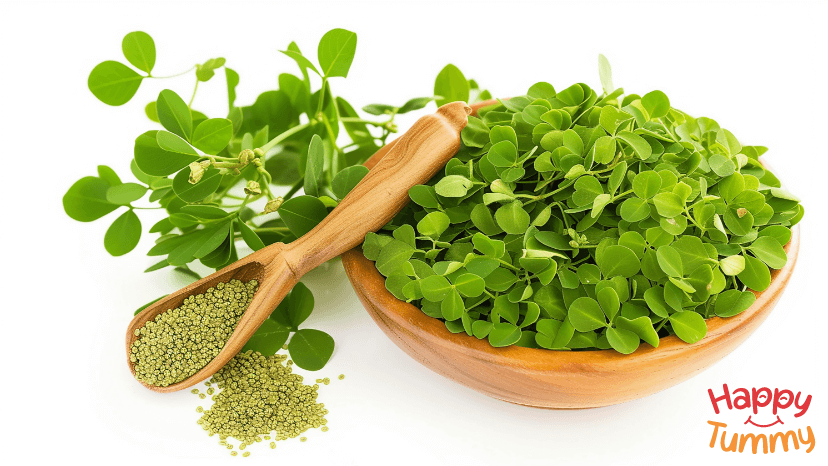
Fenugreek leaves are a versatile green addition with a fibrous punch. They are much loved across India. Pressure-cooked as a veggie, added to saag, tossed into a salad, or even used in chutneys, fenugreek leaves are much loved.
In terms of fibre, methi leaves provide around 5 grams per 100 grams. But fibre is not its destination. It fares well in terms of health benefits.
Fenugreek leaves can do wonders for those suffering from high cholesterol, blood sugar imbalance, gastric issues, or even obesity. [18][19]
3. Amaranth Leaves (4.5 to 5.5 grams)
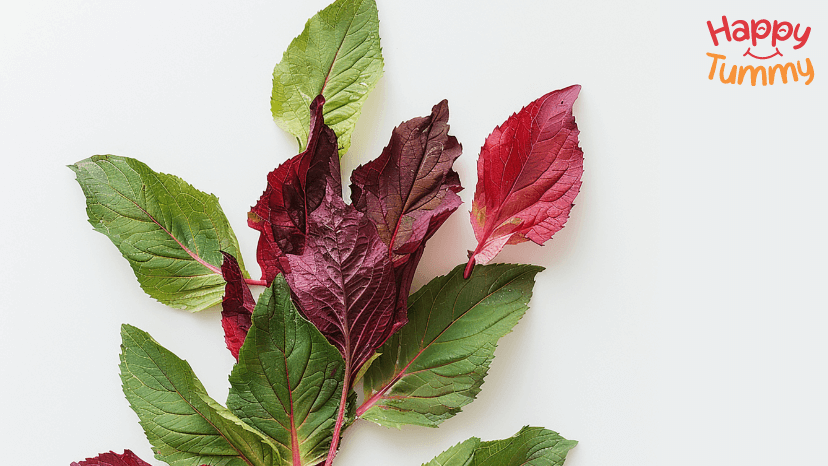
Amaranth leaves are one of the best leafy vegetables you can consume and reap benefits from. It is rich in fibre with 100 grams providing around 4.5 to 5.5 grams of fibre. These leaves come in different colours such as green, red, gold, purple etc.
Also known as cholai or rajgiri, amaranth leaves provide not just fibre but also some other essential nutrients such as vitamins A, K, and C, carotenoids, calcium, iron, magnesium, zinc, etc. You can either boil them, cook them with dal, or simply toss them into some salad to achieve smooth weight loss.
Bathua leaves are another one that belong to the amaranth family, just that they are known by the name of ‘bathua.’ In terms of fibre, bathua serves around 4 grams per 100 grams. [20]
And now, let’s leave the leaves and move on to other vegetables rich in fibre.
4. Banana Flower (5.5 grams)
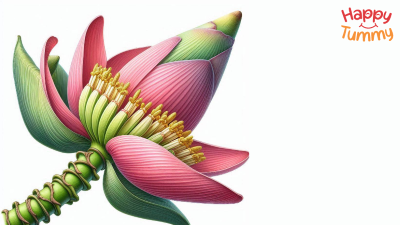
This is another fruit that is also used as a vegetable. It has to be included. One big reason is its high fibre content. This exotic veggie provides around 5.5 grams of fibre.
Plantain flower, or banana flower, is a medicinal vegetable that is used to treat infections, help wound healing, ease bowel diseases, and control blood sugar imbalance. There should rarely be any reason for not including this in your list of fibre-rich vegetables. [21][22]
Plantain fibre not only adds nutrition to our lives but a change of taste too. Try it out.
5. Spring Onion (5.2 grams)
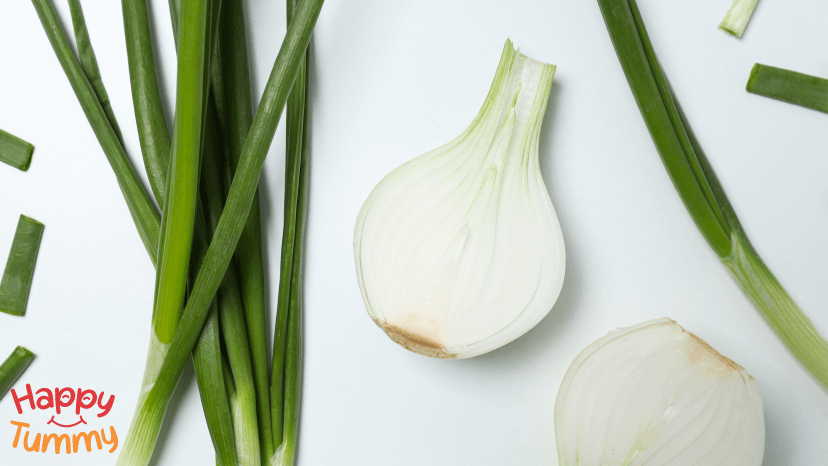
Spring onions are onion stalks that are eaten as vegetables. In India, they are often called hari pyaaz. Not only is this vegetable extremely crunchy and delicious, but it also is nutritious. Used mostly in soups, fried rice, and other Chinese and Mexican dishes, this vegetable is rich in fibre as well.
100 grams of spring onion springs out around 5.2 grams of fibre. [23]
Onion stalks are also a rich source of vitamin C. Vitamin C helps in eye health and immunity. Also, we can reap some good amounts of folate, antioxidants, potassium, etc.
6. Cluster Beans (5 grams)
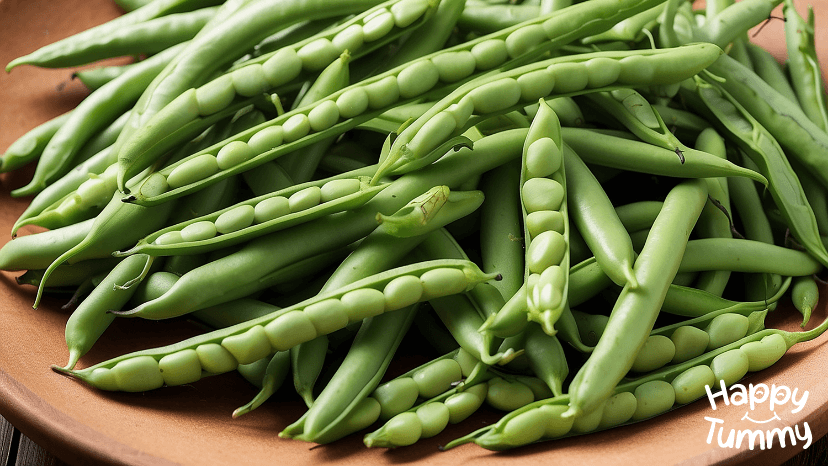
Cluster beans, or gwaar ki fali (as called in Hindi), is a vegetable that is often known for its slightly bitter taste. However, not many do know that it is a vegetable rich in fibre. One may easily get around 5 grams of fibre from just 100 grams of cluster beans.
Cluster beans are well-known in the medicinal world for their value. It can help with blood sugar imbalance, bacterial infection, cholesterol, and even inflammation. The list of its benefits is long and tempting. [24][25]
If you don’t like the taste of cluster beans, try adding them to pulao, use with potato, or simply saute for salad.
7. French Beans (4.4 grams)
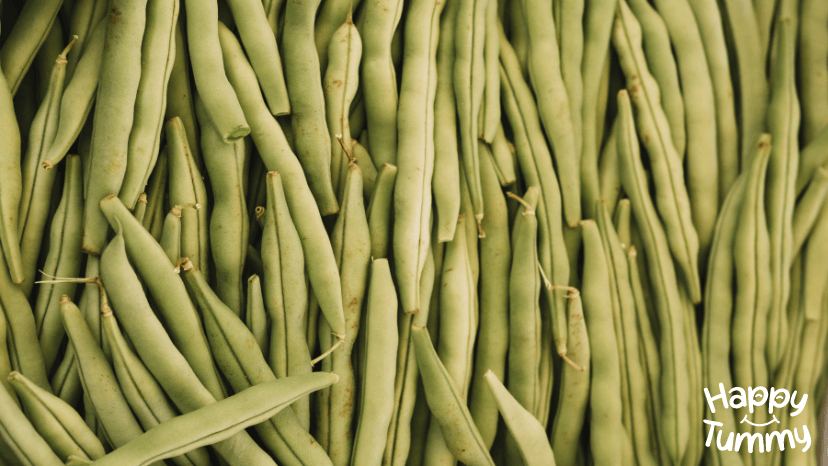
French beans, simply known as hari beans (green beans), need no introduction among the Indian audience. It is delicious and consumed profusely. In terms of fibre? Brilliant! We’re talking a good amount in just a handful, enough to get your digestion moving, keep you feeling full and satisfied, and provide you with weight loss. A 100 grams provides around 4.4 grams of fibre. [26]
But wait, there’s more! Green beans provide quite a decent amount of vitamins C and A, with C fulfilling almost 25% of the daily requirements. Also, this vegetable offers numerous minerals such as iron, calcium, magnesium, etc.
Unlike others, try not to fry these and destroy their nutrition. Vitamins and minerals, especially vitamin C, get damaged when cooked in high heat (such as sautéing or frying).
8. Okra / Ladies finder (4 grams)
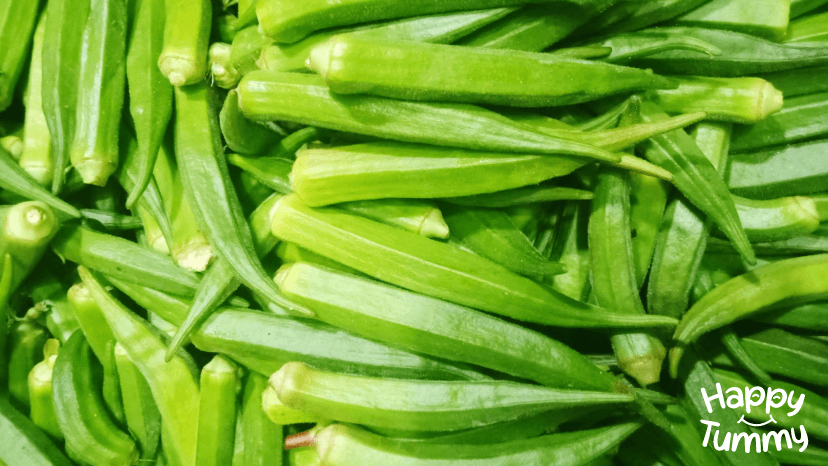
Call it okra, call it ladies finger, or simply bhindi, but this veggie won’t stop being an Indian favourite. It’s a perfect summer dream. This vegetable has a rich fibre content.
One may easily get anywhere from 4 to 4.2 grams of fibre from 100 grams of okra. Consume these and you’ll surely experience some good weight loss. Just remember, not to cook them in heavy fats and fry. [27]
Not just fibre, okra is also known for its vitamin C content – something that could put a sparkle in the eyes of health enthusiasts. Also, it offers a good amount of magnesium, folate, fibre, vitamins (C, K, A, etc.), and minerals such as magnesium.
The folate content of ladies fingers is one such thing that makes it a perfect veggie for pregnant women.
Now, as we have gone through our list of 18 best fibre-rich vegetables for weight loss, it is time to know how much fibre is necessary.
How Much Fibre Per Day For Weight Loss?
The Indian Dietary Association recommends consuming at least 30 grams of fibre per day for men and 25 grams per day for women to lead a healthier life. Note the word ‘at least’ here. One may even increase this fibre amount to get more fibre benefits. [28]
Also, the amount of daily fibre intake depends on several other factors such as height, weight, dietary goals, etc.
Remember, fibre is only one way to reach a state of weight loss. It must always be accompanied by other healthier changes in diet and lifestyle. Here are a few other tips to achieve weight loss:
- Be physically active (at least 150 minutes of exercise per week – break into 30 minutes for 5 days or any other routine you like)
- Stay well hydrated (at least 8 glasses per day)
- Practice mindfulness and meditation to lead a stress-free life
- Replace unhealthy fats with healthy fats
- Reduce or eliminate junk from your diet
The Bottom Line
There you have it, a lineup of 18 fibre-rich veggies that can ease your weight loss journey while tantalising your taste buds. Where leafy vegetables such as amaranth leaves, methi, moringa, tamarind, etc. can add a punch of fibre and eye-related benefits, other vegetables play their own role too.
Jack fruit, baby corn, broad beans, drum sticks, peas, spring onions, banana flower, ladies fingers, etc., all these vegetables are the richest in terms of fibre, not to mention the extra list of benefits they provide. However, remember, fibre isn’t the only road you must walk to achieve weight loss.
Weight loss is a journey that demands several other changes in diet and lifestyle.
So, embrace these delicious greens, beans, and roots, and let them work their magic on your gut, heart, and waistline. It’s time to rediscover those childhood veggie rhymes and let them guide you towards a healthier and happier you!
FAQs
High fibre foods good for your gut include vegetables like broccoli, Brussels sprouts, and carrots; legumes like lentils and chickpeas, fruits such as apples and pears; whole grains like oats and barley, and nuts and seeds such as chia seeds and almonds. These foods help promote healthy digestion and support beneficial gut bacteria.
Yes, carrots are a fairly good source of fibre. 100gm carrots contain about 2 grams of dietary fibre, which helps promote healthy digestion and can contribute to a feeling of fullness.
Fibre helps to “clean” your gut by promoting regular bowel movements and preventing constipation. It acts like a broom, sweeping through your digestive tract and aiding in the removal of waste and toxins, thereby supporting overall gut health.
To improve gut health naturally, consider eating a diverse range of foods, especially high-fibre fruits, vegetables, legumes, and whole grains. Include fermented foods like yogurt, kefir, sauerkraut, and kimchi, which contain beneficial probiotics.
For those with Irritable Bowel Syndrome (IBS), soluble fibre is often recommended as it is gentler on the digestive system. Good sources of soluble fibre include oats, apples, bananas, carrots, and psyllium husk. However, it’s important to introduce fibre gradually and consult a healthcare provider for personalized advice.
Insoluble fibre is particularly effective for relieving constipation as it adds bulk to the stool and helps it pass quickly through the intestines. Foods with insoluble fibre include whole grains like wheat bran, vegetables like carrots and cucumbers, and nuts and seeds. Drinking plenty of water alongside increasing fibre intake is also crucial for alleviating constipation.
















